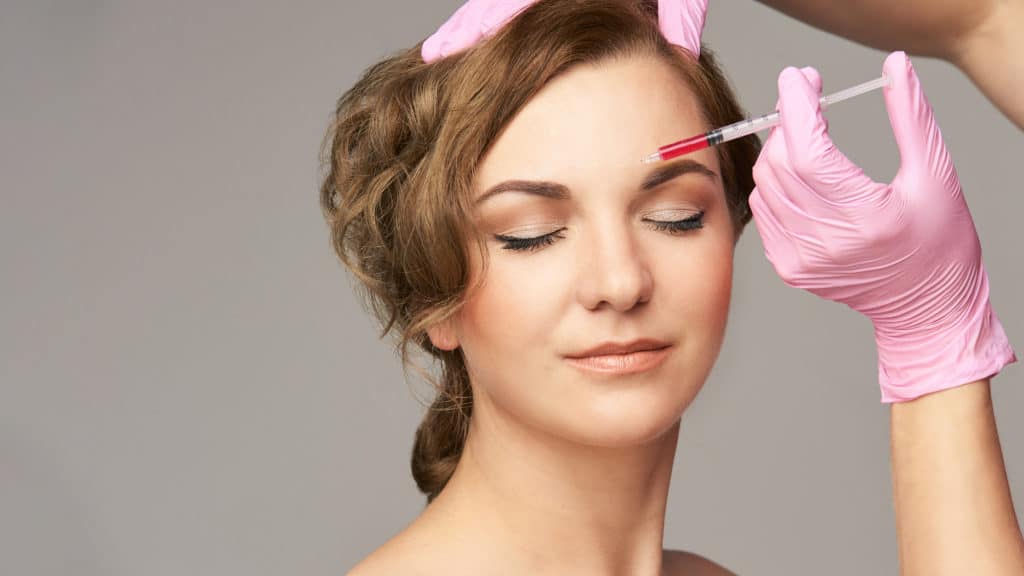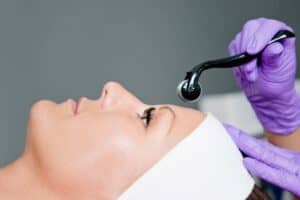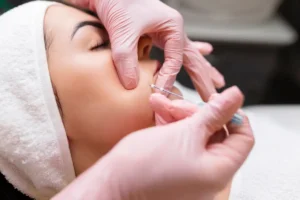
BOTOX is a name that’s become almost synonymous with youthfulness, reduced wrinkles, and aesthetic enhancements. However, beyond its celebrated cosmetic applications, there’s a world of therapeutic uses and scientific wonders waiting to be unveiled. This guide explores the diverse world of BOTOX, highlighting its multifaceted advantages.
What is BOTOX, and How Does It Work?
A toxin generated by the bacterium Clostridium botulinum is the basis for the medication BOTOX. The same toxin that, when utilized in tiny, controlled amounts, may be an excellent tool for both cosmetic and medical purposes also causes botulism, a potentially fatal form of food poisoning.
The way BOTOX works is by inhibiting nerve signals in the muscles where it is administered. This inhibition causes a temporary reduction in muscle activity, leading to decreased appearance of wrinkles and overactive muscle movements.
Cosmetic Uses of BOTOX
BOTOX has gained significant popularity in the cosmetic industry due to its ability to temporarily reduce the appearance of certain facial wrinkles. Here are its primary cosmetic applications:
- Frown Lines: These are the vertical lines that appear between the eyebrows, and BOTOX can significantly reduce their visibility.
- Crow’s Feet: These are the lines that fan out from the corners of the eyes, often becoming more pronounced with age. BOTOX injections can smooth them out.
- Forehead Lines: Horizontal lines on the forehead, which result from raising the eyebrows, can be effectively minimized with BOTOX.
- Bunny Lines: When someone grins or laughs, these are the diagonal lines that form on the sides of the nose. They can be treated using BOTOX.
- Lip Lines: Sometimes referred to as “smoker’s lines,” these are the vertical lines above the upper lip. BOTOX can soften their appearance.
- Gummy Smile: For individuals who show an excessive amount of gum when they smile, BOTOX can be used to lower the lip, reducing the gummy appearance.
- Jaw Slimming: BOTOX can be injected into the masseter muscles (jaw muscles) to provide a slimming effect for those with a square or strong jawline.
Regular maintenance treatments are needed to sustain the cosmetic results, as the effects of BOTOX typically last three to six months. Always ensure that qualified and trained professionals administer treatments to achieve the best results and ensure safety.
Beyond Cosmetics: Therapeutic Uses of BOTOX
While BOTOX is best known for its cosmetic applications, it also boasts a range of therapeutic uses that leverage its neuromuscular blocking properties. Here are some of the notable medical applications:
- Chronic Migraine: BOTOX can be used as a preventive treatment for patients who experience migraines more than 15 days a month. Regular injections can reduce the frequency of these headaches.
- Overactive Bladder: Patients suffering from an overactive bladder or urinary incontinence might benefit from BOTOX injections, which can relax the bladder muscle and reduce symptoms.
- Eye Disorders: BOTOX has been utilized to treat certain eye disorders, including strabismus (crossed eyes) and blepharospasm (uncontrolled blinking or eyelid twitching).
- Excessive Sweating (Hyperhidrosis): For individuals with severe underarm sweating when topical medicines don’t work well, BOTOX can block the nerves responsible for activating sweat glands.
- Muscle Disorders: A disease called cervical dystonia, in which the neck muscles contract uncontrollably and cause the head to twist or turn to one side, can be treated with BOTOX. It can also help with limb spasticity, reducing muscle stiffness in the arms or legs.
- Chronic Pain: Some patients with conditions that cause chronic pain, such as myofascial pain syndrome or some forms of neuropathy, have reported relief after BOTOX injections.
- Spasmodic Dysphonia: Uncontrollable spasms of the larynx or voice box muscles are brought on by this voice condition. These muscles can be relaxed by BOTOX, which will enhance voice quality.
It’s crucial to understand that while BOTOX offers potential therapeutic benefits for these conditions, not every patient will be an ideal candidate. As indicated, consulting a medical professional is important to discuss potential risks and determine if BOTOX is the right treatment option.
Safety and Side Effects
BOTOX, when administered by trained and qualified professionals, has a favorable safety profile. However, like any medical treatment, it comes with potential side effects. Here’s an overview of the safety and side effects associated with BOTOX:
Common Side Effects:
- Injection Site Reactions: Pain, swelling, bruising, redness, and bleeding might occur at the injection site.
- Headaches: Some patients might experience temporary headaches post-treatment.
- Drooping Eyelids: This is a temporary side effect that can occur if the BOTOX migrates from the injection site.
- Dry Eyes or Excessive Tearing: Depending on the treatment area, BOTOX may cause changes in tear production.
Less Common Side Effects:
- Difficulty Swallowing: Especially if BOTOX is used in the neck area for conditions like cervical dystonia.
- Respiratory Issues: In rare instances, BOTOX might cause breathing difficulties.
- Neck Weakness: Particularly in treatments for cervical dystonia.
- Double Vision: This can occur with treatments around the eye area.
- Bladder Control Problems: Especially if BOTOX is administered for overactive bladder conditions.
Rare but Serious Side Effects:
Very rarely, the toxin may migrate to other bodily regions and cause symptoms resembling those of botulism. These can include muscle weakness, vision problems, difficulty speaking or swallowing, and breathing difficulties. If such symptoms are observed post-treatment, seek medical attention immediately.
Safety Precautions:
- Professional Administration: Always ensure BOTOX treatments are carried out by a certified and experienced professional.
- Open Communication: Inform the practitioner about all medications and health conditions, especially muscle or nerve conditions like ALS or myasthenia gravis.
- Pregnancy and Nursing: It’s unclear if BOTOX can harm an unborn baby, and its effects on breast milk are unknown. Always discuss potential risks with a healthcare provider.
Although BOTOX is often safe for most individuals, it’s important to be informed of any side effects that can occur. Regular follow-ups with a healthcare provider and prompt attention to any adverse reactions will ensure the safest and most effective outcomes.
The Bottom Line
BOTOX is not just a tool for aesthetic enhancement; it’s a scientific marvel with applications that span across various medical fields. At Torstveit Medical Aesthetics, we use the power of FDA-approved neuromodulator Botox to help you achieve your desired aesthetic outcomes. Dive into the world of BOTOX, we’ve unveiled a fusion of cosmetic wonders and therapeutic potentials, empowering your journey with informed choices.




